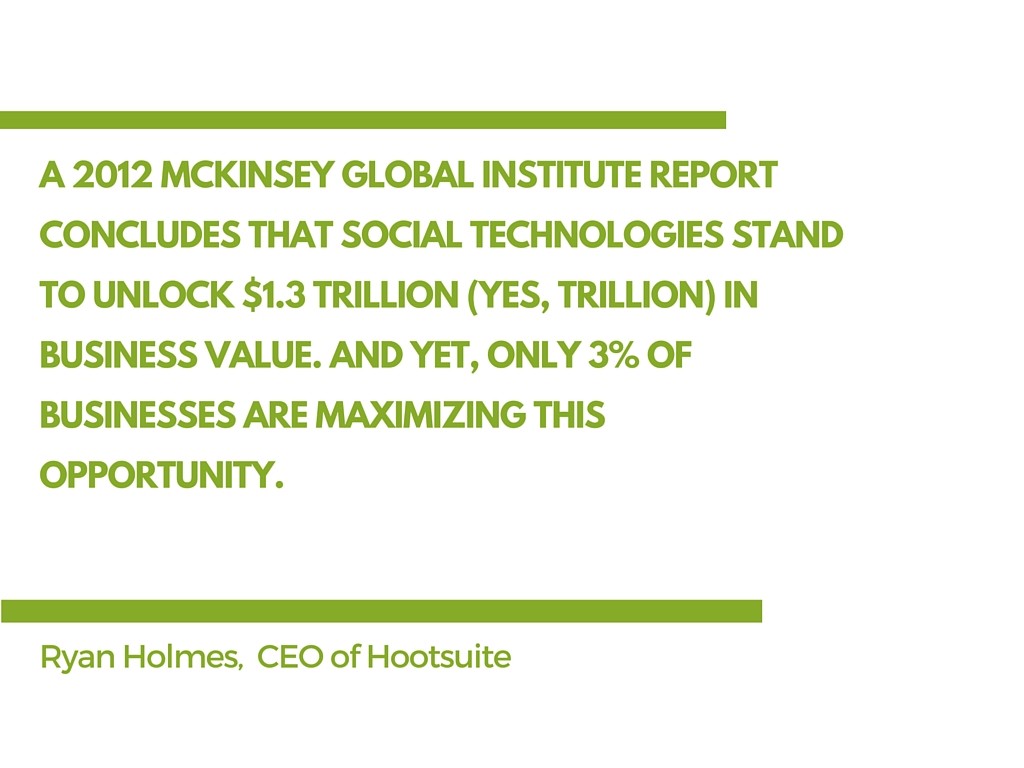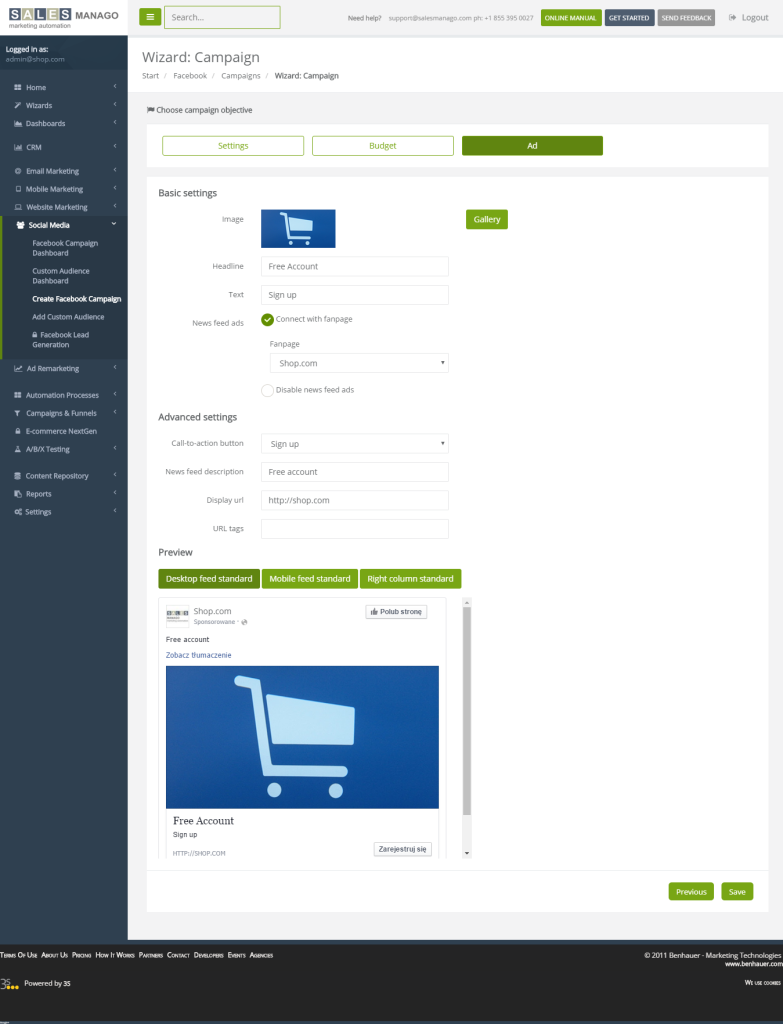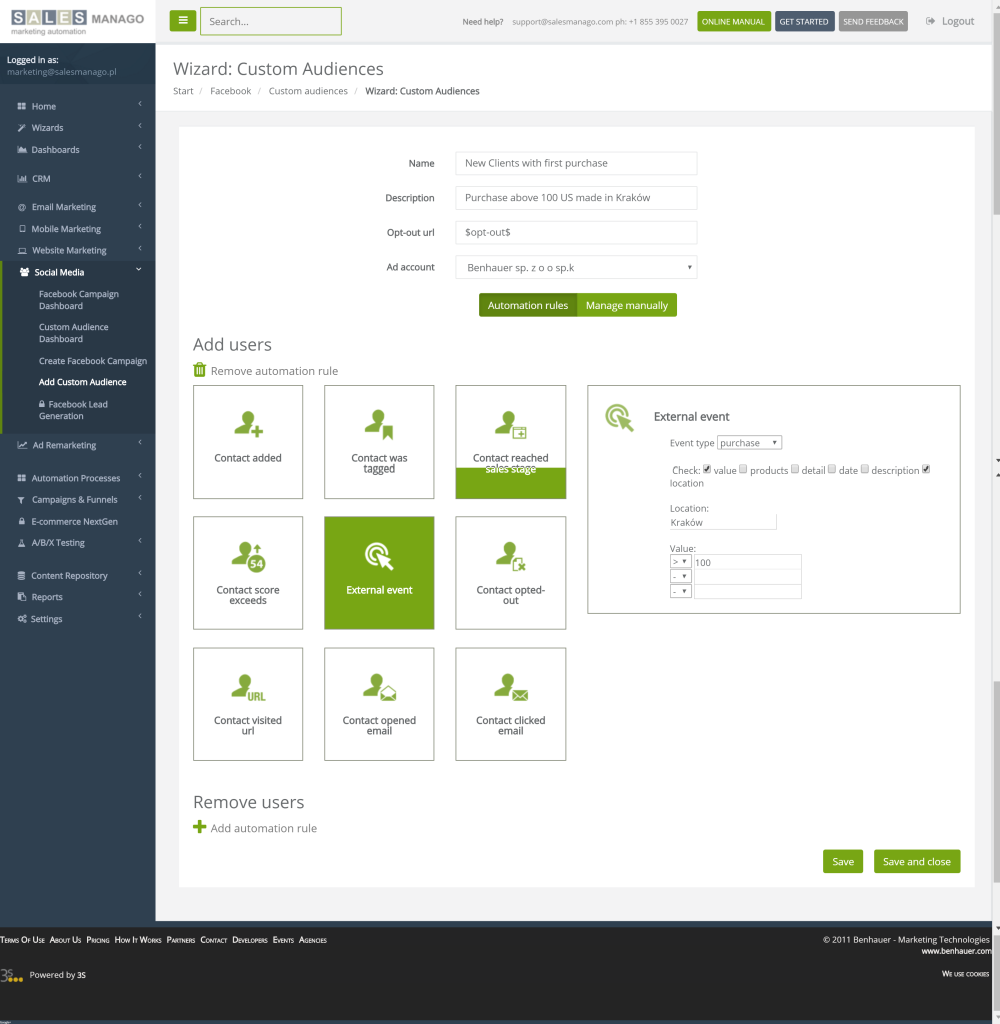People spend 1.7 hours per day on social media, 20+ minutes of that on Facebook (Global Web Index, comScore). Unfortunately, for marketers it’s still a terra incognita. Most of the widely applied strategies don’t explore the potential of social media but focus on the tip of an iceberg, exposing serious misconceptions that lie behind. As if marketers didn’t know how SM evolved and how to interact with customers in this channel to make it work for both sides.
10 Ideas for Omnichannel Marketing. Download the Free Guide
Facebook: Read the world’s fastest newspaper.
Facebook and Twitter became our primary source of information, personalized news service shaping our worldview and opinions. Instagram, full of glossy, carefully orchestrated and enhanced photos beats gossip magazines: it’s free, fast and infinite.
According to Paw Research, consumers prefer to get their news from social media than browsing the web or visiting their favorites portals. In their feed, the most relevant pieces are picked for them, with short captions, images and comments. It saves time: you can make a judgement in a blink of an eye.
Facebook, Pinterest and Instagram play also a huge role in the buying process: as John Rampton observes, social recommendations dominate the shopping process. Buyers start from online research and checking out others’ opinions. Friends who like or follow the brand, product’s high ratings, or regular people reviewing the item influence purchase decision more than any ad campaign you can run. Pre-shopping research changes the game to such an extent that Jim Lecinski from Google coined a new term, ZMOT (an acronym for Zero Moment of Truth) to describe it.
In other words, both – shopping and content consumption happen on social media, which replace browsers, newspapers and shopping assistants.
The rise of new social advertising
Moreover, new tools that will help you utilize social media as the marketing channel emerge. It doesn’t end at the options offered by SM platforms (whose owners are happy to capitalize on users’ engagement and either offer paid ads or are going to).
To tap into that potential, you must arm yourself with automation because that way you can measure, optimize and scale your efforts, says John Boitnott. And you will be able to customize your messages. It’s a fun thing that in social media, which are an epitome for new, more direct and personal communication, we reinforce the same „spray & pray” paradigm, shoveling one message down the throats of all our fans, including these who couldn’t possibly use the offer we push towards them. We’d like to show you how to change the approach. We will focus on how it works on Facebook.
Using behavioral data to create Facebook Custom Audiences
Custom Audiences allows you to personalize ads. It means that your message will be displayed to a precisely defined group of recipients, such as: loyal customers, bloggers, users who opted out from your newsletter (or never open your emails). You can also use it to exclude some recipients (like existing customers). Shape the target group in any way you please!
Obviously, the data from your Marketing Automation Platform can be extremely helpful in the process of creating Custom Audiences – contacts’ website behavior, their responses to various campaigns, history of products bought, viewed, or added to cart… any of these may become a criterion of segmenting your Facebook fans.
You can create Custom Audiences either on Facebook panel, on in SALESmanago wizard.
>> Read more about SALESmanago – Facebook Ads Integration
Scientific Approach to Facebook
Many marketers follow their guts when it comes to Facebook. Many of them aren’t social media natives like their audience. It results in awkward SM behavior. Besides, gut feelings are hard to measure, optimize and trust.
Measuring is always a good answer to any question. It’s the same with social media: just keep your finger on the pulse and don’t limit yourself to vanity metrics, such as likes or shares or followers. Go deeper. That’s where automation enters again.
In the system you can track more than usual metrics, such as impressions, reach or money spent. You can also set targets and track the progress, and incorporate the data in the overall contact’s profile.
When you start using Marketing Automation for your Facebook communication, you will also observe how your productivity increases: the posts and campaigns will become more organized and recipient-focused.




 Follow
Follow
















